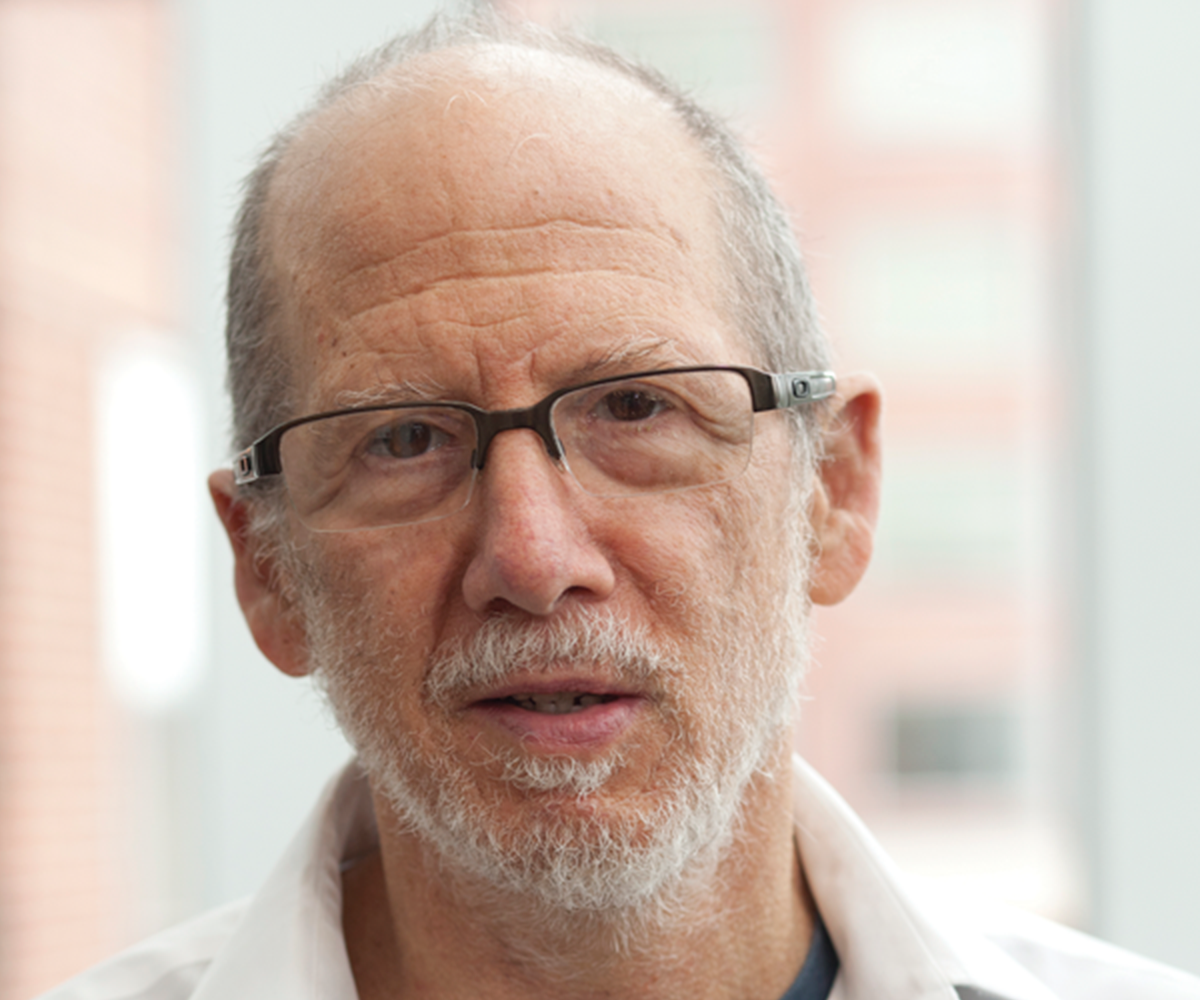
Cell-free DNA is often elevated in the circulation of cancer patients, a phenomenon that has seeded a booming industry dedicated to the capture and analysis of the DNA shed by dead cancer cells for disease detection and the management of therapy. Yet the proportional contributions made by different cellular sources to this circulating DNA have long been unclear. To find out, a team of researchers led by Ludwig Johns Hopkins Director Bert Vogelstein assessed methylation patterns of cell-free (cf) DNA in 178 patients with cancers of the colon, pancreas, lung or ovary and 64 patients without cancer. Patterns of DNA methylation, which regulate gene expression across the genome and so help determine the identity of any given cell, can serve as signatures of cell type and tissue of origin. Bert and his colleagues reported in an August issue of Cancer Discovery that the high levels of cfDNA in the blood of patients with cancer do not come from either dead cancer cells or from normal epithelial cells around tumors. Rather, immune cells, particularly neutrophils, are the leading contributors of cfDNA, accounting for some 76% of the total, irrespective of sample source. Based on these findings, the researchers suggested that cancers may have a systemic effect on cell turnover or DNA clearance.
The origin of highly elevated cell-free DNA in healthy individuals and patients with pancreatic, colorectal, lung, or ovarian cancer
Cancer Discovery, 2023 August 11